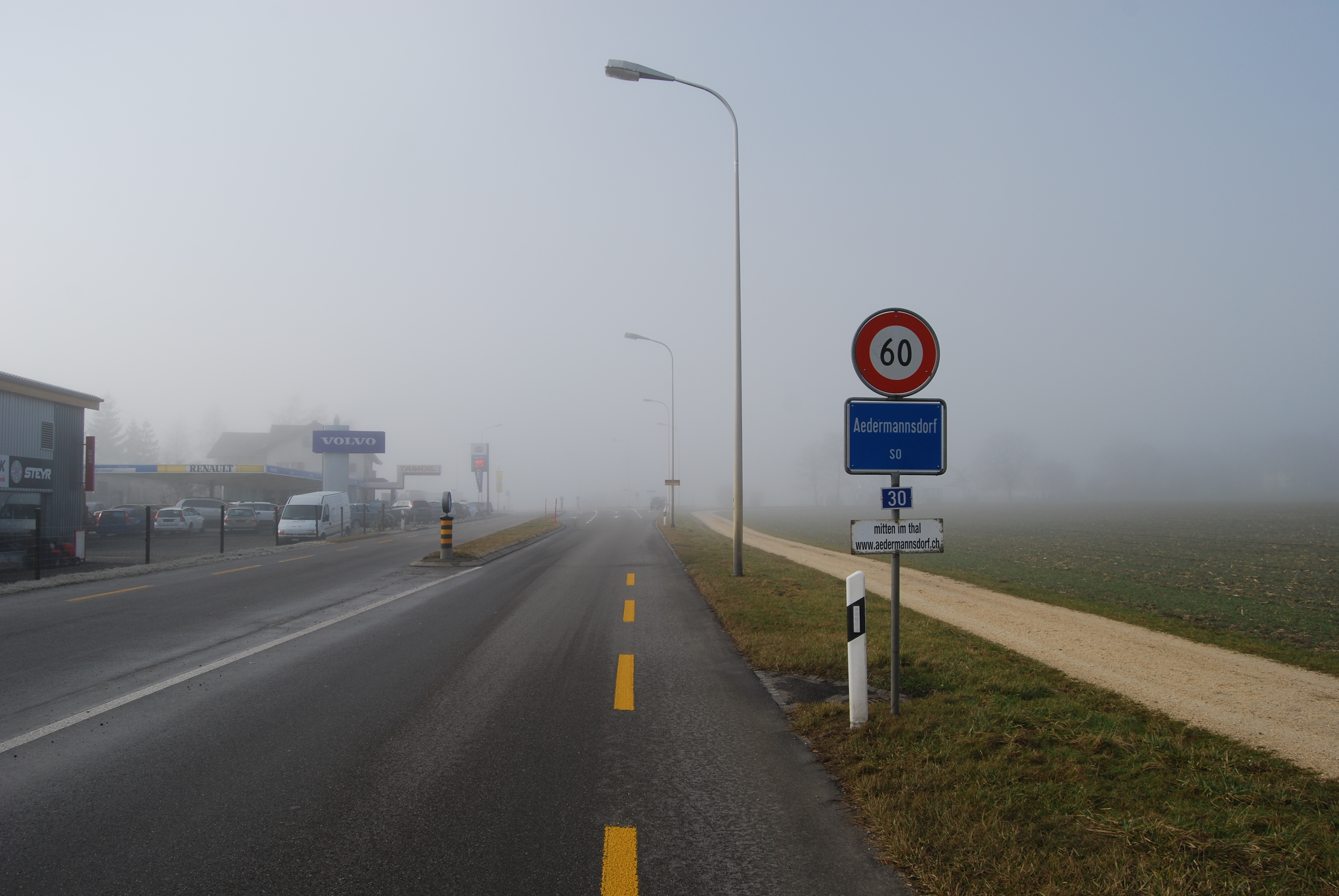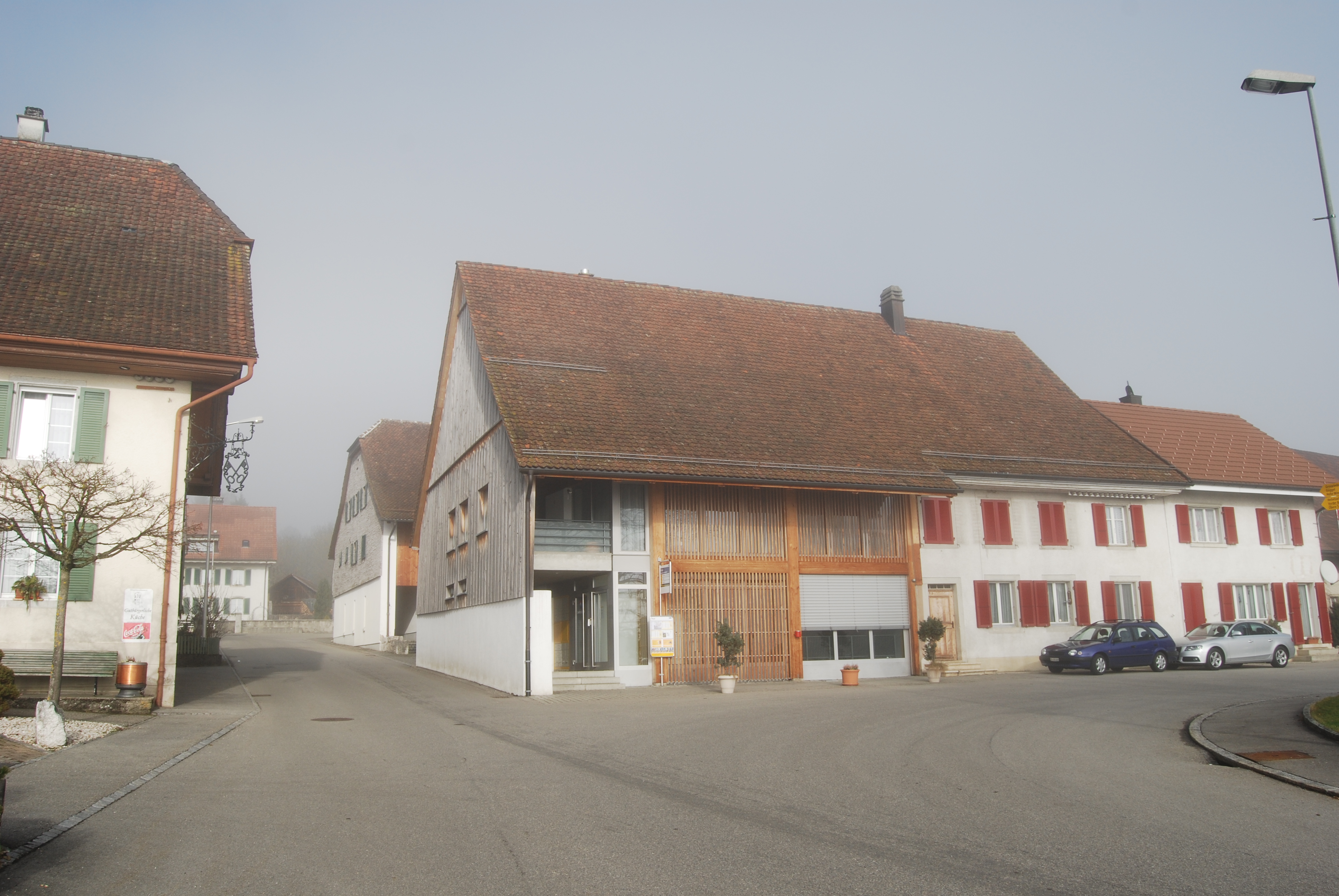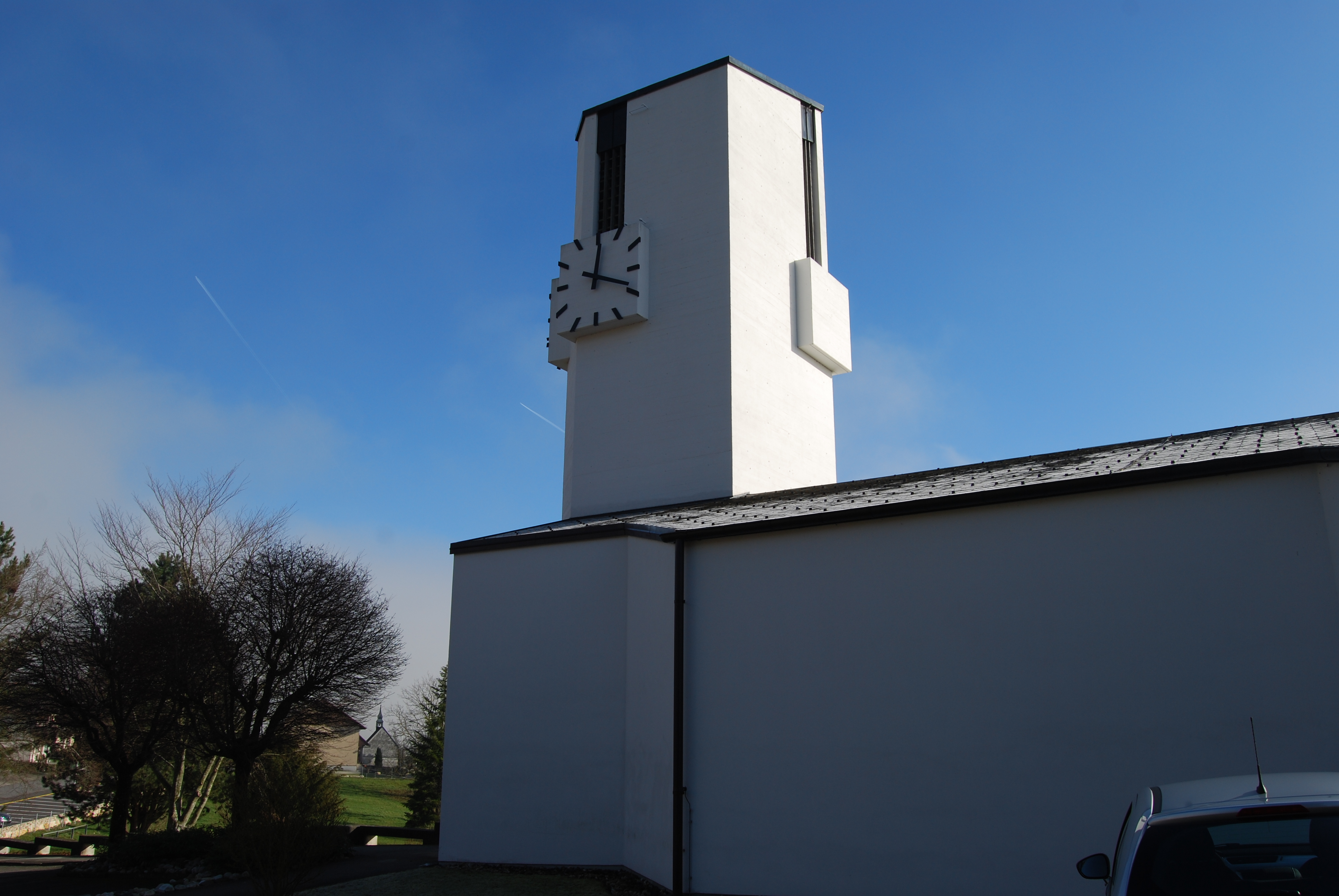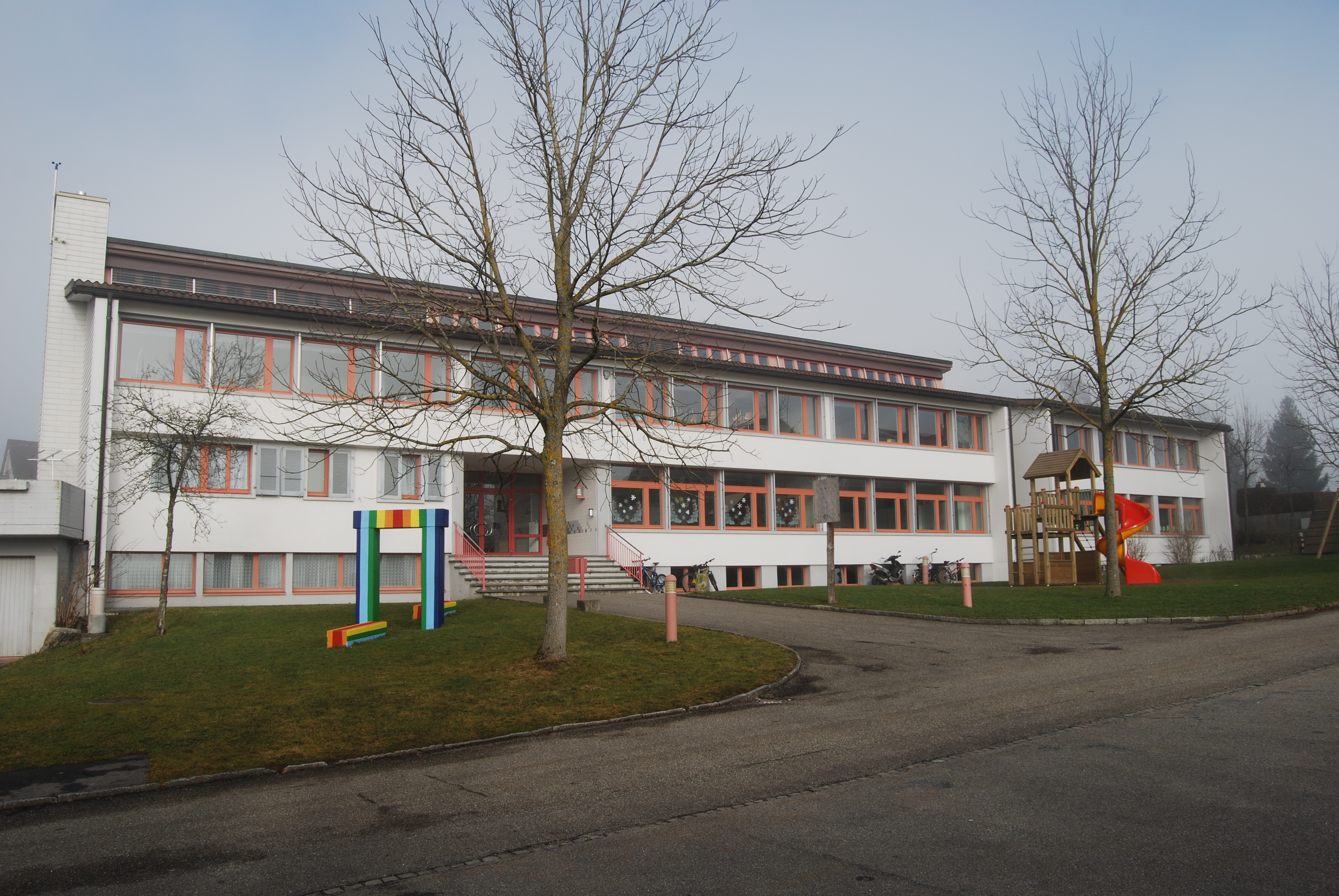Aedermannsdorf 100 on:
[Wikipedia]
[Google]
[Amazon]
Aedermannsdorf is a
 Aedermannsdorf has an area, , of . Of this area, or 49.5% is used for agricultural purposes, while or 46.7% is forested. Of the rest of the land, or 3.6% is settled (buildings or roads) and or 0.3% is unproductive land.Swiss Federal Statistical Office-Land Use Statistics
Aedermannsdorf has an area, , of . Of this area, or 49.5% is used for agricultural purposes, while or 46.7% is forested. Of the rest of the land, or 3.6% is settled (buildings or roads) and or 0.3% is unproductive land.Swiss Federal Statistical Office-Land Use Statistics
2009 data accessed 25 March 2010 Of the built up area, housing and buildings made up 1.9% and transportation infrastructure made up 1.3%. Out of the forested land, 43.0% of the total land area is heavily forested and 3.6% is covered with orchards or small clusters of trees. Of the agricultural land, 11.6% is used for growing crops and 13.1% is pastures, while 1.1% is used for orchards or vine crops and 23.7% is used for alpine pastures. The municipality is located in the Thal district. It consists of the ''haufendorf'' village (an irregular, unplanned and quite closely packed village, built around a central square) of Aedermannsdorf in the Dünnern river valley (german: Dünnerntal).

 Aedermannsdorf has a population () of . , 2.5% of the population are resident foreign nationals.Swiss Federal Statistical Office - Superweb database - Gemeinde Statistics 1981-2008
Aedermannsdorf has a population () of . , 2.5% of the population are resident foreign nationals.Swiss Federal Statistical Office - Superweb database - Gemeinde Statistics 1981-2008
accessed 19 June 2010 Over the last 10 years (1999–2009 ) the population has changed at a rate of 0.9%.
accessed 7 April 2011 Most of the population () speaks
accessed 2 February 2011 , there were 190 private households in the municipality, and an average of 2.8 persons per household. There were 40 households that consist of only one person and 35 households with five or more people. Out of a total of 193 households that answered this question, 20.7% were households made up of just one person and there were 2 adults who lived with their parents. Of the rest of the households, there are 63 married couples without children, 79 married couples with children There were 5 single parents with a child or children. There was 1 household that was made up of unrelated people and 3 households that were made up of some sort of institution or another collective housing. there were 95 single-family homes (or 60.1% of the total) out of a total of 158 inhabited buildings. There were 14 multi-family buildings (8.9%), along with 39 multi-purpose buildings that were mostly used for housing (24.7%) and 10 other use buildings (commercial or industrial) that also had some housing (6.3%). Of the single-family homes 14 were built before 1919, while 16 were built between 1990 and 2000. The greatest number of single-family homes (19) were built between 1981 and 1990.Federal Statistical Office STAT-TAB - Datenwürfel für Thema 09.2 - Gebäude und Wohnungen
accessed 28 January 2011 there were 199 apartments in the municipality. The most common apartment size was 4 rooms of which there were 52. There were single-room apartments and 100 apartments with five or more rooms. Of these apartments, a total of 180 apartments (90.5% of the total) were permanently occupied, while 9 apartments (4.5%) were seasonally occupied and 10 apartments (5.0%) were empty. , the construction rate of new housing units was 3.6 new units per 1000 residents. The vacancy rate for the municipality, , was 3.15%. The historical population is given in the following chart:
Colors=
id:lightgrey value:gray(0.9)
id:darkgrey value:gray(0.8)
ImageSize = width:1080 height:210
PlotArea = height:150 left:100 bottom:50 right:100
AlignBars = justify
DateFormat = x.y
Period = from:0 till:550
TimeAxis = orientation:vertical
AlignBars = justify
ScaleMajor = gridcolor:darkgrey increment:100 start:0
ScaleMinor = gridcolor:lightgrey increment:20 start:0
PlotData=
color:yellowgreen width:40 mark:(line,white) align:center
bar:1739 from:start till:248 text:"248"
bar:1798 from:start till:373 text:"373"
bar:1850 from:start till:486 text:"486"
bar:1860 from:start till:499 text:"499"
bar:1870 from:start till:484 text:"484"
bar:1880 from:start till:439 text:"439"
bar:1888 from:start till:427 text:"427"
bar:1900 from:start till:476 text:"476"
bar:1910 from:start till:453 text:"453"
bar:1920 from:start till:487 text:"487"
bar:1930 from:start till:540 text:"540"
bar:1941 from:start till:506 text:"506"
bar:1950 from:start till:542 text:"542"
bar:1960 from:start till:525 text:"525"
bar:1970 from:start till:525 text:"525"
bar:1980 from:start till:461 text:"461"
bar:1990 from:start till:501 text:"501"
bar:2000 from:start till:543 text:"543"
 , Aedermannsdorf had an unemployment rate of 1.9%. , there were 50 people employed in the primary economic sector and about 22 businesses involved in this sector. 42 people were employed in the
, Aedermannsdorf had an unemployment rate of 1.9%. , there were 50 people employed in the primary economic sector and about 22 businesses involved in this sector. 42 people were employed in the
accessed 24 June 2010 Of the working population, 12.5% used public transportation to get to work, and 54.8% used a private car.
 From the , 395 or 72.7% were
From the , 395 or 72.7% were
 In Aedermannsdorf about 204 or (37.6%) of the population have completed non-mandatory upper secondary education, and 42 or (7.7%) have completed additional higher education (either
In Aedermannsdorf about 204 or (37.6%) of the population have completed non-mandatory upper secondary education, and 42 or (7.7%) have completed additional higher education (either Canton of Solothurn - School statistics
accessed 13 March 2011
, there was one student in Aedermannsdorf who came from another municipality, while 93 residents attended schools outside the municipality.
Official website
* {{Authority control Municipalities of the canton of Solothurn Articles which contain graphical timelines
municipality
A municipality is usually a single administrative division having corporate status and powers of self-government or jurisdiction as granted by national and regional laws to which it is subordinate.
The term ''municipality'' may also mean the go ...
in the district of Thal
Thal may refer to:
Places
* Thal, Lower Austria, Austria
* Thal, Styria, Austria
* Thal, Ruhla, Germany
* Thal, Uttarakhand, Didihat district, India
* Thal, Khyber Pakhtunkhwa, Pakistan
** Thal railway station
* Thal, St. Gallen, Switzerla ...
in the canton of Solothurn
Solothurn ( , ; french: Soleure ; it, Soletta ; rm, ) is a List of towns in Switzerland, town, a Municipalities of Switzerland, municipality, and the Capital (political), capital of the canton of Solothurn in Switzerland. It is located in the n ...
in Switzerland
). Swiss law does not designate a ''capital'' as such, but the federal parliament and government are installed in Bern, while other federal institutions, such as the federal courts, are in other cities (Bellinzona, Lausanne, Luzern, Neuchâtel ...
.
History
Aedermannsdorf is first mentioned in 1308 as ''Odermarstorf''.Geography
2009 data accessed 25 March 2010 Of the built up area, housing and buildings made up 1.9% and transportation infrastructure made up 1.3%. Out of the forested land, 43.0% of the total land area is heavily forested and 3.6% is covered with orchards or small clusters of trees. Of the agricultural land, 11.6% is used for growing crops and 13.1% is pastures, while 1.1% is used for orchards or vine crops and 23.7% is used for alpine pastures. The municipality is located in the Thal district. It consists of the ''haufendorf'' village (an irregular, unplanned and quite closely packed village, built around a central square) of Aedermannsdorf in the Dünnern river valley (german: Dünnerntal).
Coat of arms
Theblazon
In heraldry and heraldic vexillology, a blazon is a formal description of a coat of arms, flag or similar emblem, from which the reader can reconstruct the appropriate image. The verb ''to blazon'' means to create such a description. The vis ...
of the municipal coat of arms
A coat of arms is a heraldry, heraldic communication design, visual design on an escutcheon (heraldry), escutcheon (i.e., shield), surcoat, or tabard (the latter two being outer garments). The coat of arms on an escutcheon forms the central ele ...
is ''Argent an Angle Plate Gules in bend sinister.''
Demographics
accessed 19 June 2010 Over the last 10 years (1999–2009 ) the population has changed at a rate of 0.9%.
accessed 7 April 2011 Most of the population () speaks
German
German(s) may refer to:
* Germany (of or related to)
**Germania (historical use)
* Germans, citizens of Germany, people of German ancestry, or native speakers of the German language
** For citizens of Germany, see also German nationality law
**Ger ...
(529 or 97.4%), with Albanian
Albanian may refer to:
*Pertaining to Albania in Southeast Europe; in particular:
**Albanians, an ethnic group native to the Balkans
**Albanian language
**Albanian culture
**Demographics of Albania, includes other ethnic groups within the country ...
being second most common (6 or 1.1%) and Serbo-Croatian
Serbo-Croatian () – also called Serbo-Croat (), Serbo-Croat-Bosnian (SCB), Bosnian-Croatian-Serbian (BCS), and Bosnian-Croatian-Montenegrin-Serbian (BCMS) – is a South Slavic language and the primary language of Serbia, Croatia, Bosnia and ...
being third (5 or 0.9%). There is 1 person who speaks French
French (french: français(e), link=no) may refer to:
* Something of, from, or related to France
** French language, which originated in France, and its various dialects and accents
** French people, a nation and ethnic group identified with Franc ...
and 1 person who speaks Romansh.
, the gender distribution of the population was 53.9% male and 46.1% female. The population was made up of 288 Swiss men (52.1% of the population) and 10 (1.8%) non-Swiss men. There were 254 Swiss women (45.9%) and 1 (0.2%) non-Swiss women. Of the population in the municipality 277 or about 51.0% were born in Aedermannsdorf and lived there in 2000. There were 128 or 23.6% who were born in the same canton, while 103 or 19.0% were born somewhere else in Switzerland, and 28 or 5.2% were born outside of Switzerland.
In there were 9 live births to Swiss citizens and were 7 deaths of Swiss citizens. Ignoring immigration and emigration, the population of Swiss citizens increased by 2 while the foreign population remained the same. There were 2 Swiss men who immigrated back to Switzerland. At the same time, there were 2 non-Swiss men and 1 non-Swiss woman who immigrated from another country to Switzerland. The total Swiss population change in 2008 (from all sources, including moves across municipal borders) was an increase of 4 and the non-Swiss population increased by 6 people. This represents a population growth rate
Population growth is the increase in the number of people in a population or dispersed group. Actual global human population growth amounts to around 83 million annually, or 1.1% per year. The global population has grown from 1 billion in 1800 to ...
of 1.8%.
The age distribution, , in Aedermannsdorf is; 51 children or 9.4% of the population are between 0 and 6 years old and 120 teenagers or 22.1% are between 7 and 19. Of the adult population, 22 people or 4.1% of the population are between 20 and 24 years old. 157 people or 28.9% are between 25 and 44, and 107 people or 19.7% are between 45 and 64. The senior population distribution is 70 people or 12.9% of the population are between 65 and 79 years old and there are 16 people or 2.9% who are over 80.
, there were 238 people who were single and never married in the municipality. There were 274 married individuals, 23 widows or widowers and 8 individuals who are divorced.STAT-TAB Datenwürfel für Thema 40.3 - 2000accessed 2 February 2011 , there were 190 private households in the municipality, and an average of 2.8 persons per household. There were 40 households that consist of only one person and 35 households with five or more people. Out of a total of 193 households that answered this question, 20.7% were households made up of just one person and there were 2 adults who lived with their parents. Of the rest of the households, there are 63 married couples without children, 79 married couples with children There were 5 single parents with a child or children. There was 1 household that was made up of unrelated people and 3 households that were made up of some sort of institution or another collective housing. there were 95 single-family homes (or 60.1% of the total) out of a total of 158 inhabited buildings. There were 14 multi-family buildings (8.9%), along with 39 multi-purpose buildings that were mostly used for housing (24.7%) and 10 other use buildings (commercial or industrial) that also had some housing (6.3%). Of the single-family homes 14 were built before 1919, while 16 were built between 1990 and 2000. The greatest number of single-family homes (19) were built between 1981 and 1990.Federal Statistical Office STAT-TAB - Datenwürfel für Thema 09.2 - Gebäude und Wohnungen
accessed 28 January 2011 there were 199 apartments in the municipality. The most common apartment size was 4 rooms of which there were 52. There were single-room apartments and 100 apartments with five or more rooms. Of these apartments, a total of 180 apartments (90.5% of the total) were permanently occupied, while 9 apartments (4.5%) were seasonally occupied and 10 apartments (5.0%) were empty. , the construction rate of new housing units was 3.6 new units per 1000 residents. The vacancy rate for the municipality, , was 3.15%. The historical population is given in the following chart:
Politics
In the2007 federal election
This electoral calendar 2007 lists the national/federal direct elections held in 2007 in the de jure and de facto sovereign states and their dependent territories. Referendums are included, although they are not elections. By-elections are not i ...
the most popular party was the CVP which received 54.19% of the vote. The next three most popular parties were the SVP (20.57%), the FDP (16.81%) and the SP (4.73%). In the federal election, a total of 238 votes were cast, and the voter turnout
In political science, voter turnout is the participation rate (often defined as those who cast a ballot) of a given election. This can be the percentage of registered voters, eligible voters, or all voting-age people. According to Stanford Unive ...
was 58.6%.
Economy
secondary sector
In macroeconomics, the secondary sector of the economy is an economic sector in the three-sector theory that describes the role of manufacturing. It encompasses industries that produce a finished, usable product or are involved in construction. ...
and there were 7 businesses in this sector. 57 people were employed in the tertiary sector
The tertiary sector of the economy, generally known as the service sector, is the third of the three economic sectors in the three-sector model (also known as the economic cycle). The others are the primary sector (raw materials) and the second ...
, with 20 businesses in this sector. There were 263 residents of the municipality who were employed in some capacity, of which females made up 39.2% of the workforce.
the total number of full-time equivalent
Full-time equivalent (FTE), or whole time equivalent (WTE), is a unit that indicates the workload of an employee, employed person (or student) in a way that makes workloads or class loads comparable across various contexts. FTE is often used to me ...
jobs was 121. The number of jobs in the primary sector was 34, of which 30 were in agriculture and 4 were in forestry or lumber production. The number of jobs in the secondary sector was 42 of which 3 or (7.1%) were in manufacturing and 39 (92.9%) were in construction. The number of jobs in the tertiary sector was 45. In the tertiary sector; 22 or 48.9% were in wholesale or retail sales or the repair of motor vehicles, 10 or 22.2% were in the movement and storage of goods, 4 or 8.9% were in a hotel or restaurant, 3 or 6.7% were in the information industry, 1 was the insurance or financial industry, .
, there were 58 workers who commuted into the municipality and 178 workers who commuted away. The municipality is a net exporter of workers, with about 3.1 workers leaving the municipality for every one entering.Swiss Federal Statistical Office - Statwebaccessed 24 June 2010 Of the working population, 12.5% used public transportation to get to work, and 54.8% used a private car.
Religion
Roman Catholic
Roman or Romans most often refers to:
*Rome, the capital city of Italy
*Ancient Rome, Roman civilization from 8th century BC to 5th century AD
*Roman people, the people of ancient Rome
*'' Epistle to the Romans'', shortened to ''Romans'', a lette ...
, while 100 or 18.4% belonged to the Swiss Reformed Church
The Protestant Church in Switzerland (PCS), (EKS); french: Église évangélique réformée de Suisse (EERS); it, Chiesa evangelica riformata in Svizzera (CERiS); rm, Baselgia evangelica refurmada da la Svizra (BRRS) formerly named Federation o ...
. Of the rest of the population, there were 4 members of an Orthodox church (or about 0.74% of the population), and there were 7 individuals (or about 1.29% of the population) who belonged to another Christian church. There were 8 (or about 1.47% of the population) who were Islam
Islam (; ar, ۘالِإسلَام, , ) is an Abrahamic religions, Abrahamic Monotheism#Islam, monotheistic religion centred primarily around the Quran, a religious text considered by Muslims to be the direct word of God in Islam, God (or ...
ic. There were 2 individuals who were Buddhist
Buddhism ( , ), also known as Buddha Dharma and Dharmavinaya (), is an Indian religion or philosophical tradition based on teachings attributed to the Buddha. It originated in northern India as a -movement in the 5th century BCE, and ...
. 19 (or about 3.50% of the population) belonged to no church, are agnostic
Agnosticism is the view or belief that the existence of God, of the divine or the supernatural is unknown or unknowable. (page 56 in 1967 edition) Another definition provided is the view that "human reason is incapable of providing sufficient ...
or atheist
Atheism, in the broadest sense, is an absence of belief in the existence of deities. Less broadly, atheism is a rejection of the belief that any deities exist. In an even narrower sense, atheism is specifically the position that there no ...
, and 8 individuals (or about 1.47% of the population) did not answer the question.
Education
university
A university () is an institution of higher (or tertiary) education and research which awards academic degrees in several academic disciplines. Universities typically offer both undergraduate and postgraduate programs. In the United States, t ...
or a ''Fachhochschule
A ''Fachhochschule'' (; plural ''Fachhochschulen''), abbreviated FH, is a university of applied sciences (UAS), in other words a German tertiary education institution that provides professional education in many applied sciences and applied arts ...
''). Of the 42 who completed tertiary schooling, 85.7% were Swiss men, 9.5% were Swiss women.
During the 2010-2011 school year there were a total of 56 students in the Aedermannsdorf school system. The education system
The educational system generally refers to the structure of all institutions and the opportunities for obtaining education within a country. It includes all pre-school institutions, starting from family education, and/or early childhood education ...
in the Canton of Solothurn allows young children to attend two years of non-obligatory Kindergarten
Kindergarten is a preschool educational approach based on playing, singing, practical activities such as drawing, and social interaction as part of the transition from home to school. Such institutions were originally made in the late 18th cent ...
. During that school year, there were 25 children in kindergarten. The canton's school system requires students to attend six years of primary school
A primary school (in Ireland, the United Kingdom, Australia, Trinidad and Tobago, Jamaica, and South Africa), junior school (in Australia), elementary school or grade school (in North America and the Philippines) is a school for primary e ...
, with some of the children attending smaller, specialized classes. In the municipality there were 31 students in primary school. The secondary school
A secondary school describes an institution that provides secondary education and also usually includes the building where this takes place. Some secondary schools provide both '' secondary education, lower secondary education'' (ages 11 to 14) ...
program consists of three lower, obligatory years of schooling, followed by three to five years of optional, advanced schools. All the lower secondary students from Aedermannsdorf attend their school in a neighboring municipality.accessed 13 March 2011
References
External links
Official website
* {{Authority control Municipalities of the canton of Solothurn Articles which contain graphical timelines